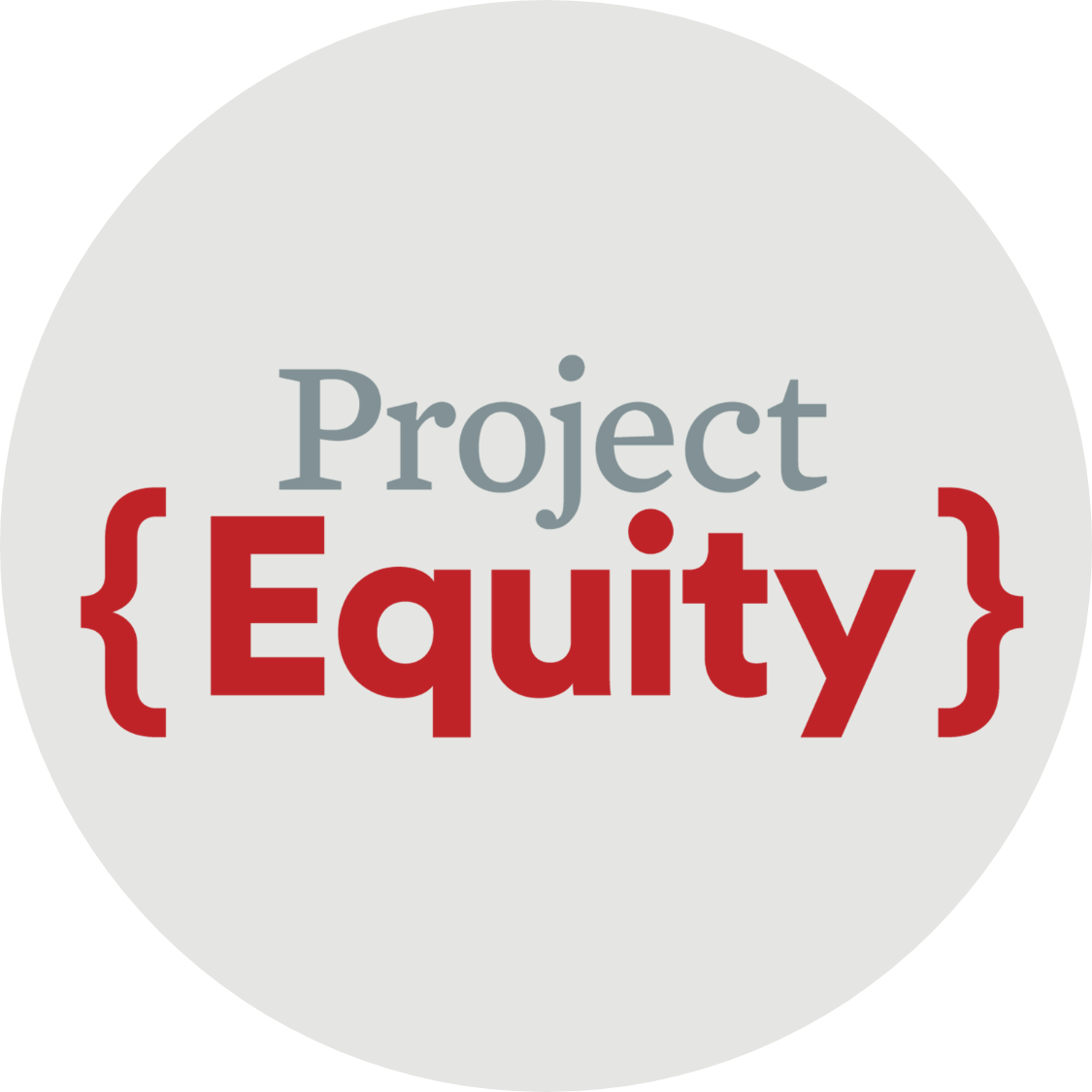Employee Ownership Trusts
A Growing Path for Business Transition
By Zarin Kresge, Associate Director, Learning Products, and Michelle Philippon, Content Manager, at Project Equity
For decades, Employee Stock Ownership Plans (ESOPs) have been the dominant model for employee ownership in the United States. But recently, Employee Ownership Trusts (EOTs) have emerged as a new option — one that balances accessibility with flexibility.
An EOT structure is customizable, permanent, and typically less expensive to establish than an ESOP. For business owners who want to preserve their company’s independence while rewarding employees, EOTs are worth a closer look.
Why More Owners Are Considering EOTs
Selling to an outside buyer can bring uncertainty: cultural changes, layoffs, or relocation. An EOT offers a different legacy — continuity for employees and customers, while giving selling owners a flexible exit and market value for their business.
The appeal includes:
- Lower setup and maintenance costs than ESOPs: Establishing an EOT often costs between $50,000–$80,000, compared to $250,000+ for many ESOPs. Ongoing trustee fees typically range from $10,000–$20,000 per year and are funded from operational expenses.
- Flexibility in design: Owners can tailor profit-sharing and governance to fit company culture rather than adopting the more prefixed rules of worker cooperatives (another employee ownership alternative).
- Permanent employee ownership: EOTs discourage future outside sales, helping ensure long-term mission alignment.
At the same time, EOTs aren’t right for everyone. Owners and advisors need to evaluate financial, cultural, and leadership readiness before pursuing this path.
Six Signs Your Business May Be Ready for an EOT
1. You employ W-2 workers at a sustainable scale
EOTs can be used by companies of many sizes, though very small businesses — often under 10 employees — may find the governance and trustee requirements too burdensome.
2. Your business has steady, predictable cash flow
Cash flow is the lifeblood of an EOT. The company usually repays the selling owner over 5-10 years and/or third-party lender (usually a bank or CDFI) over 3-6 years. A strong earnings history helps ensure debt obligations, trustee fees, and reinvestment needs can be met.
3. You want a lasting ownership legacy
Unlike an ESOP, an EOT is designed to hold the company in trust In perpetuity. This model works well for owners who want to preserve the business’s identity and values far into the future.
4. You’re not seeking tax advantages
Unlike ESOPs, EOTs don’t allow for a 1042 rollover, which can defer capital gains taxes indefinitely. If maximizing tax deferral is your top goal, an ESOP may still be better suited.
5. You value adaptable governance
While co-ops mandate democratic voting, EOTs give room to design governance and profit-sharing processes that meet the needs of the business.
6. You have (or are building) a leadership succession plan
Ownership transition and leadership transition go hand in hand. Companies with strong managers or a pipeline of rising leaders are better positioned to thrive after an EOT conversion.
What the Transition Process Looks Like
Interested in learning more? Here is what the transition process typically looks like:
- Exploration: Speak with an employee ownership expert, such as a technical assistance provider, to find out if an EOT is the right path.
- Feasibility and readiness: Analyze company financials to assist how ready a business is for employee ownership — and if a full or partial transition is best.
- Transition: Design the details of the EOT structure, negotiate the terms of sale, identify financing sources, finalize the deal terms and sale documents, and close all financing sources.
- Post-transition support: Some employee ownership organizations offer support to ensure systems like training, leadership, and management are in place to have a thriving ownership culture.
The transition process can take about a year, depending on company readiness and deal complexity. Post-transition support time varies per organization.
Alternatives to Consider
Even if an EOT isn’t the best fit, employee ownership offers multiple pathways:
- ESOPs: A strong option for larger firms seeking tax advantages and with the resources to handle more complex compliance requirements.
- Worker cooperatives: Ideal for smaller groups of employees who want democratic control.
Each model comes with trade-offs. Advisors and owners should weigh financial, cultural, and operational priorities before choosing.
The Bottom Line
EOTs are still relatively new in the U.S., but their simplicity and flexibility are making them an increasingly attractive choice for succession planning. For business owners who want to reward employees, preserve company values, and exit on their own terms, this model deserves serious consideration.
Want to know more about EOTs?
Visit https://project-equity.org.
As part of our Conscious Wealth community, you’ll get 10% off the Project Equity Education Courses by using code ConsciousWealth10.
About the Authors

Zarin Kresge leads Project Equity’s efforts to educate business advisors on how employee ownership can strengthen succession planning, differentiate their services, and deliver greater value to clients. He first discovered the power of employee ownership while completing his MBA at Presidio Graduate School. Before Project Equity, Zarin led growth and strategy at Certified Employee-Owned, building national recognition for the model and deepening engagement with employee-owners. He also serves on the board of the North Carolina Employee Ownership Center. Earlier in his career, he was Executive Director of a nonprofit thrift store and legacy business in San Francisco. Outside of work, he enjoys exploring local rivers, cooking, and spending time with his family.

Michelle Philippon is the content manager at Project Equity, where she helps drive the organization’s storytelling by crafting and distributing content that showcases the power of employee ownership. A creative and results-driven content marketer, Michelle loves working with internal and external SMEs to provide useful insights to help small business owners, business advisors and economic developers achieve their goals. Michelle has 15 years of experience writing for both business and consumer audiences. She previously worked for two nonprofit organizations, two marketing agencies, the Spanish Ministry of Education and a waste management company. Michelle has a bachelor’s degree in English Literature from Cornerstone University. She is passionate about social justice and empowering marginalized communities worldwide.






